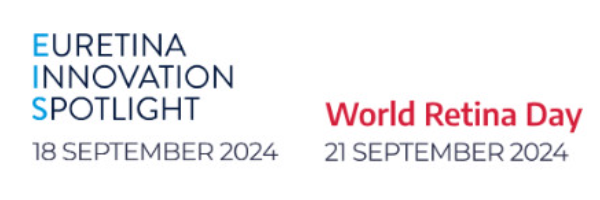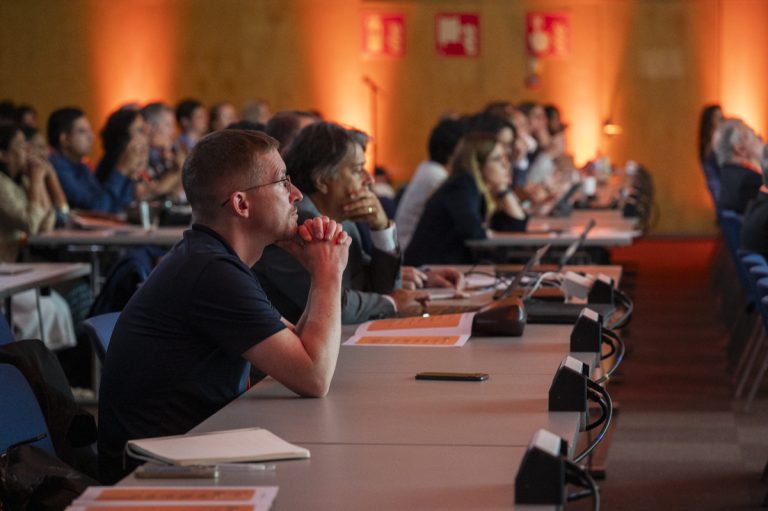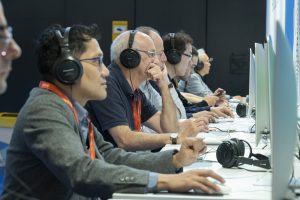Retina specialists and researchers in the field who have innovative ideas for new interventions gained insights from representatives of venture capital firms about opportunities and strategies for gaining support.
Participants in the Euretina Innovation Spotlight (EIS) Investor Panel session (Anta Gkelou, SOFINNOVA PARTNERS, Edward Van Wezel, BIOGENERATION VENTURES, and Bonnie van Wilgenburg, MONOGRAPH BIO) were asked about how investment in retina has evolved in the last decade and its direction for the near future.
Ms Gkelou noted the development of treatments for retinal disease has been a hot area for investment in the past 10 years and has included complex treatments. She suggested, however, that there has been a shift in interest towards innovations that pose a lower risk for product development by addressing basic or known targets but differentiated by a focus on improving drug delivery or duration.
Ms van Wilgenburg agreed that the “risk appetite” of investors has shifted to less risky approaches, although there is variation among investment firms.
“Having said that, that doesn’t mean there is not still investment in innovations that will take more time to develop. That is important for entrepreneurs to understand,” she said.
Asked about what venture capitalists are interested in seeing as they decide what they will invest in. Mr van Wezel said that although it is hard to give an exact answer, there is a need for investors to get excited by the science of the invention.
“We also need to look at the full picture in terms of development and potential commercial commercial market size,” he said.
The panel was also asked about assistance with navigating the pathway to regulatory approval. Their answers indicated that this level of support can vary among investment firms and depends on existing regulatory expertise within the company seeking investment.
Asked about factors that might affect decisions to invest in treatments for large market indications, such as age-related macular degeneration, versus orphan diseases, Ms Gkelou said that her firm considers both. What matters most is whether the innovation represents “the right product for the right indication,” she said.
“There is no secret sauce in how investors make the decision. A lot of companies and new entrepreneurs think that what they have is best, but they are constantly competing,” she observed.
Her advice to innovators, regardless of the market target, was to be sure that their invention has some clear advantage that is easy to prove.
Concluding the session, participants were asked to provide a tip to entrepreneurs as they prepare to approach investors. “Do not forget that you need to choose wisely who you would want to work with because it is a partnership,” said Ms. van Wilgenburg.
She also advised that when having a discussion with investors, entrepreneurs clearly outline what they hope to achieve in the coming years with provided financing and other support.
“That speaks to the broader issue of insuring there is further investor interest, making sure you are adequately financed and have enough financing runway to achieve development milestones,” she said.
Mr van Wezel encouraged innovators not to wait too long before contacting investors, but he also noted the need to be prepared for and learn from rejections.
“I am sure you will get pushback and feedback that may not result in investment immediately. Make sure you get to know the people you approach and listen to the feedback in your course of building your company going forward,” he said.
























































































































